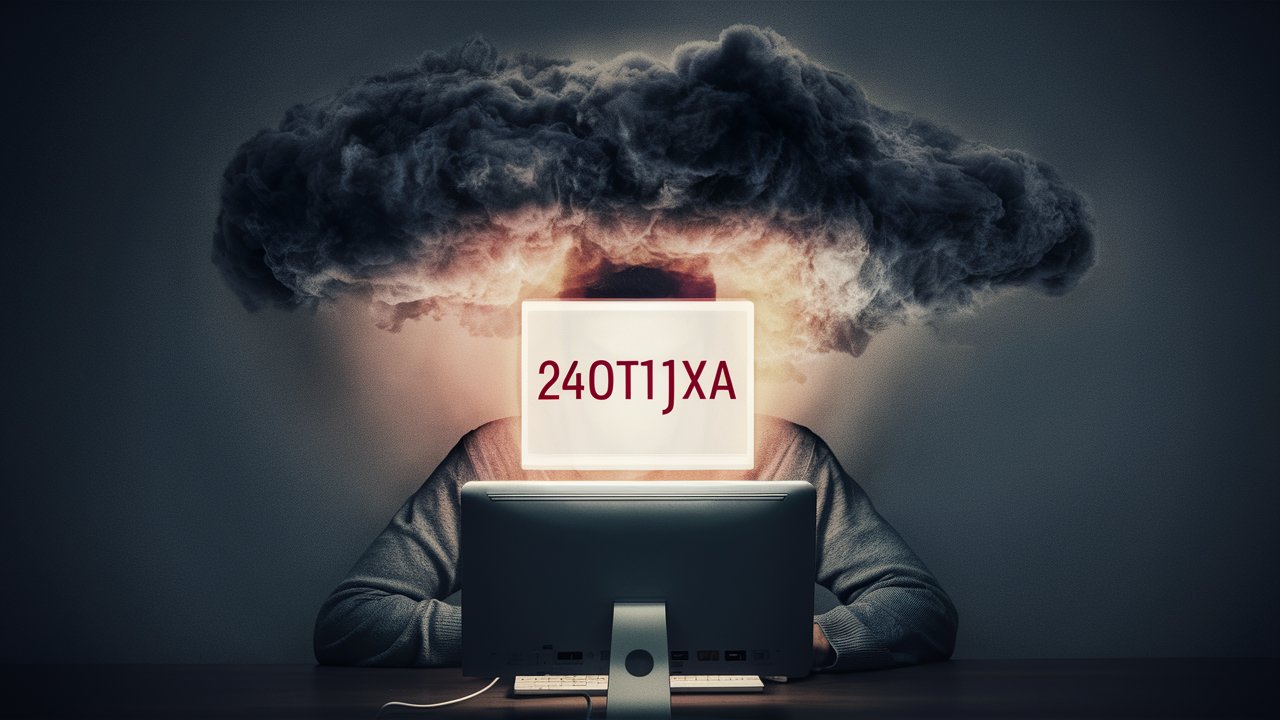In an era dominated by digital innovation, cybersecurity threats continue to evolve, with malicious actors devising new ways to exploit vulnerabilities. One such threat that has recently garnered attention is 24ot1jxa, a term shrouded in mystery but linked to significant risks for individuals and organizations. This article delves into the dangers posed why 24ot1jxa harmful, explaining its mechanisms, potential impacts, and actionable steps to protect yourself. Whether you’re a casual internet user or a tech-savvy professional, understanding why 24ot1jxa is harmful is critical to maintaining digital security.
What Is 24ot1jxa and How Does It Operate?
Why 24ot1jxa harmful is a malicious entity—often categorized as malware or a sophisticated cyberattack tool—designed to infiltrate systems, steal sensitive data, or disrupt operations. While specifics about its origin remain unclear, cybersecurity experts have identified patterns suggesting it operates through phishing campaigns, corrupted software downloads, or vulnerabilities in outdated systems. Once embedded, 24ot1jxa can execute commands remotely, enabling hackers to access personal information, hijack devices, or deploy ransomware. Its stealthy nature allows it to evade basic antivirus detection, making it a persistent threat.
Key Risks Associated with 24ot1jxa
The harm caused by 24ot1jxa extends far beyond typical malware. Below are its most significant risks:
- Data Breaches and Privacy Violations:
24ot1jxa often targets sensitive data, including login credentials, financial records, and personal communications. By exfiltrating this information, attackers can commit identity theft, drain bank accounts, or sell data on the dark web. For businesses, this could mean exposing customer databases or proprietary information, leading to legal penalties and reputational damage. - System Instability and Performance Issues:
Once active, 24ot1jxa consumes system resources, slowing down devices, causing frequent crashes, or corrupting critical files. This instability disrupts productivity and may lead to permanent data loss if backups are unavailable. - Financial Exploitation:
In ransomware scenarios, 24ot1jxa encrypts files and demands payment for decryption keys. Even if victims pay, there’s no guarantee of recovery, creating a lose-lose situation. Additionally, attackers may use stolen financial details to make unauthorized purchases.
How 24ot1jxa Impacts Devices and Networks
The versatility of 24ot1jxa allows it to target a wide range of devices, from personal computers to IoT gadgets. On networks, it can spread laterally, infecting connected devices and servers. For example, in a corporate environment, 24ot1jxa might exploit weak passwords or unpatched software to compromise entire systems. Home users are equally vulnerable, especially if they ignore software updates or download unverified apps. The malware’s ability to remain dormant before activating makes it particularly insidious, as users may not realize their systems are compromised until significant damage occurs.
The Role of 24ot1jxa in Data Theft and Surveillance
Beyond financial motives, 24ot1jxa is often used for surveillance. Hackers can activate webcams, monitor keystrokes, or track browsing habits to gather blackmail material or plan targeted attacks. This invasion of privacy erodes trust in digital tools and forces users to question the security of everyday activities like online shopping or video conferencing. For organizations, such breaches can lead to industrial espionage, where competitors gain access to trade secrets or strategic plans.

Steps to Detect and Remove 24ot1jxa
Early detection is crucial to mitigating harm. Signs of infection include unusual system behavior (e.g., slow performance, unexpected pop-ups), unauthorized transactions, or unrecognized processes in task managers. To remove 24ot1jxa:
- Run Advanced Antivirus Scans: Use reputable antivirus software with heuristic analysis to identify hidden threats.
- Isolate Infected Devices: Disconnect from the internet and other devices to prevent spread.
- Restore from Backups: If available, revert systems to a pre-infection state.
- Seek Professional Help: Cybersecurity experts can perform forensic analysis to eradicate persistent threats.
Preventing 24ot1jxa Infections: Best Practices
Proactive measures are your strongest defense:
- Update Software Regularly: Patch vulnerabilities in operating systems, browsers, and apps.
- Avoid Suspicious Links/Downloads: Verify email senders and avoid pirated software.
- Enable Multi-Factor Authentication (MFA): Adds a layer of security beyond passwords.
- Educate Teams and Family Members: Human error is a common entry point for malware; training reduces risks.
Conclusion
Why 24ot1jxa harmful exemplifies the growing sophistication of cyberthreats, blending stealth, adaptability, and destructive potential. Its ability to compromise privacy, finances, and system integrity underscores the importance of vigilance in an interconnected world. By understanding its mechanisms and adopting robust security practices, individuals and organizations can reduce their vulnerability and respond effectively to incidents. Staying informed and prepared is no longer optional—it’s a necessity.
Frequently Asked Questions (FAQs)
Q1: What exactly is 24ot1jxa?
A1: 24ot1jxa is a type of malware or cyberattack tool used to steal data, disrupt systems, or enable unauthorized access. Its exact origin is unclear, but it poses significant risks to both individuals and organizations.
Q2: How does 24ot1jxa infect devices?
A2: It commonly spreads via phishing emails, malicious downloads, or exploiting software vulnerabilities. Users may unknowingly install it by clicking unsafe links or ignoring updates.
Q3: Can antivirus software remove 24ot1jxa?
A3: Advanced antivirus tools can detect and remove it, but some variants may require manual intervention or professional assistance due to their complexity.
Q4: How can I protect my business from 24ot1jxa?
A4: Implement network segmentation, conduct regular security audits, train employees on phishing recognition, and maintain up-to-date backups.
Q5: What should I do if I’ve lost money due to 24ot1jxa?
A5: Contact your bank immediately to report fraud, file a complaint with law enforcement, and consult a cybersecurity expert to secure your systems.
Spread the love